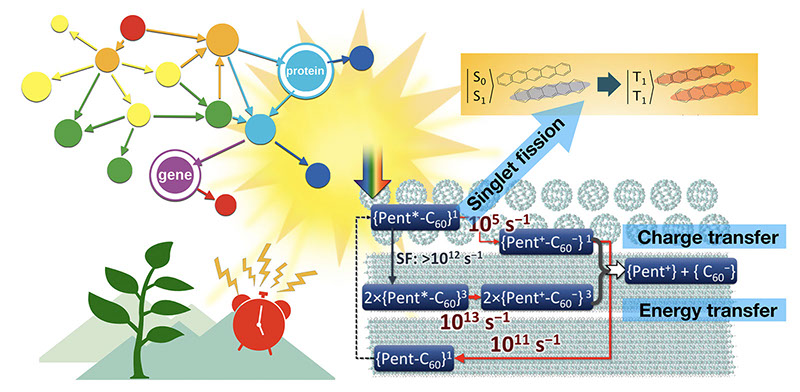ISTbM-8 Invited Lecturer
Chao-Ping Hsu
Research Fellow,
Institute of Chemistry, Academia Sinica
Date:February (Wed) 2nd, 2022
Time: 16:10 - 16:40
ONLINE
Solving problems with theoretical and computational approaches: Machine learned dynamics of charge transfer coupling, and biological processes
Chao-Ping Hsu
In this interdisciplinary symposium, I hope to provide a theoretician and computational scientist’s perspective, in two different subjects. (1) The dynamics of electron transfer coupling- ET is one of the central elementary processes in chemistry and biochemistry, and the transfer integrals have been an important factor in determining the dynamics and rate of ET. Due to the difficulty in its characterization, the dynamic disorder in charge transfer integral have been rarely studied. We employed machine-learned models for transfer integrals for studying the dynamic disorder. We found low frequency modes dominate the dynamics, and they are mostly contributed from intermolecular movements such as rotation and translation. The importance of transnational motion increases as temperature increases. With machine-learned models dynamics for charge-transfer coupling, that are hard to obtain otherwise, are reported for ethylene and naphthalene. (2) Theoretical insights for biological processes- including a work on circadian clock for the plants where we found the degradation (or post-translational regulation) important for maintaining the robustness of daily oscillation, and if time permits, a short introduction on a plausible way for regulating the dendrite growth of a neuron to maintain a similar size.

References
- Artificial neural networks for predicting charge transfer coupling. Wang, C.-I., Joanito, I., Lan, C.-F., & Hsu, C.-P. J. Chem. Phys., 2020, 153, 214113.
- Basal leakage in oscillation: Coupled transcriptional and translational control using feed-forward loops. Joanito, I., Yan, C.-C. S., Chu, J.-W., Wu, S.-H., & Hsu, C.-P. PLoS Comput. Biol., 2020, 16, e1007740.
- Antagonistic regulation by insulin-like peptide and activin ensures the elaboration of appropriate dendritic field sizes of amacrine neurons. Luo, J., Ting, C.-Y., Li, Y., McQueen, P., Lin, T.-Y., Hsu, C.-P., & Lee, C.-H. eLife 2020;9:e50568